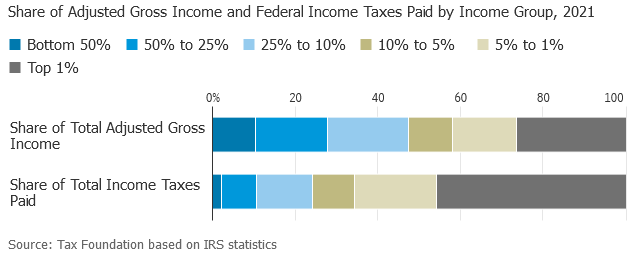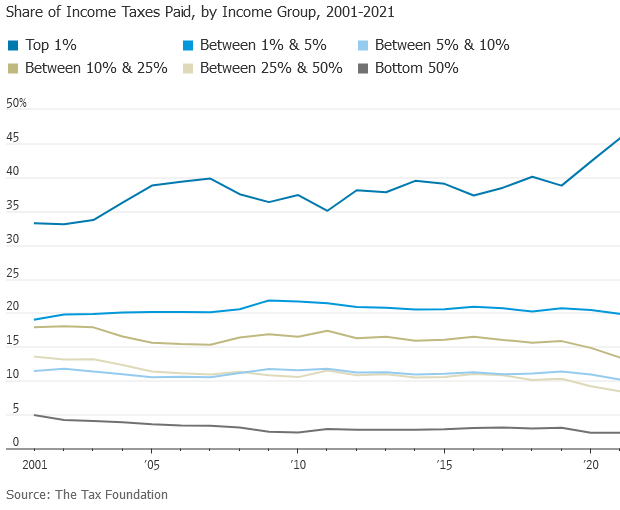The British government, as I write Tuesday morning, is set to publicly accuse the Chinese state of hacking Britain’s electoral register.
What’s at least as important, though, is this bit:
What to do in response is a conundrum, especially for smaller Western democracies such as the UK that are trying to balance courting investment from China while calling out its alleged abuses.
That’s a problem that’s straightforwardly enough solved: stop accepting investment from the PRC. Stop doing any business with the PRC or any of the enterprises domiciled in the PRC or any non-domestically domiciled enterprises that are affiliates of PRC domiciled enterprises. All that’s needed—and it is a hard task—is the political will to make the necessary moves.
Then there’s this:
A recent UK government foreign-policy paper described China as “an epoch-defining challenge” to the international order. However, it has held off widespread sanctions against China, fearing an economic backlash. The country relies on China for the imports of components in [a wide range of] products….
Even in the face of that realized enormity of the PRC threat. It’s easy to see, in hindsight, that exposure to economic backlash could have been avoided by not letting themselves become so dependent on an enemy nation for economically critical items in the first place. However, the lesson from that hindsight must not be to do nothing going forward. The correct lesson must be to start taking steps to eliminate that dependency. And then, stop doing any business with or within the PRC or any enterprise affiliated with such.
That goes for the US, too.
On Sunday, Chinese Premier Li Qiang delivered a keynote speech before the top executives of Apple, McKinsey, Qualcomm, and other multinationals at the China Development Forum, a government-sponsored economic and business forum held each March in the Chinese capital.
It’s shameful that American companies continue to toady up to an enemy nation with our own nation under even more determined and widespread cyber attacks by the PRC than the UK. Apple, McKinsey, Qualcomm, et al., aren’t at the forum just to hear Li’s pear-shaped tones, or to get the cachet of a subsequent audience with PRC President Xi Jinping. They’re currently actively doing business in the PRC, and they’re only at the forum and at the Xi audience to learn the parameters for doing further business there.
It would be appropriate in our own situation for the Federal government to take steps to divest itself of any relationship with American companies that do business with or within the PRC or any enterprise affiliated with such.


